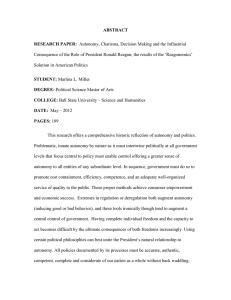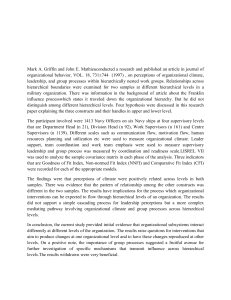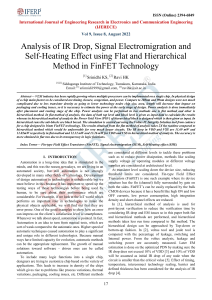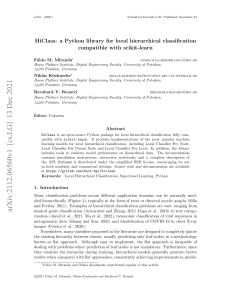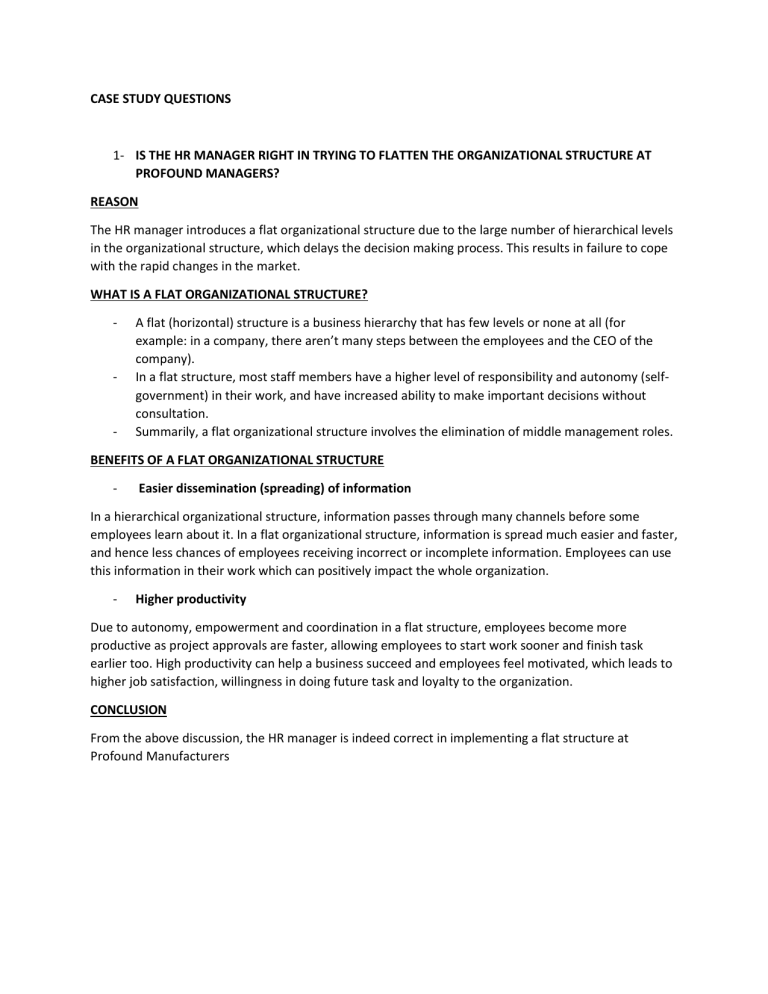
CASE STUDY QUESTIONS 1- IS THE HR MANAGER RIGHT IN TRYING TO FLATTEN THE ORGANIZATIONAL STRUCTURE AT PROFOUND MANAGERS? REASON The HR manager introduces a flat organizational structure due to the large number of hierarchical levels in the organizational structure, which delays the decision making process. This results in failure to cope with the rapid changes in the market. WHAT IS A FLAT ORGANIZATIONAL STRUCTURE? - - - A flat (horizontal) structure is a business hierarchy that has few levels or none at all (for example: in a company, there aren’t many steps between the employees and the CEO of the company). In a flat structure, most staff members have a higher level of responsibility and autonomy (selfgovernment) in their work, and have increased ability to make important decisions without consultation. Summarily, a flat organizational structure involves the elimination of middle management roles. BENEFITS OF A FLAT ORGANIZATIONAL STRUCTURE - Easier dissemination (spreading) of information In a hierarchical organizational structure, information passes through many channels before some employees learn about it. In a flat organizational structure, information is spread much easier and faster, and hence less chances of employees receiving incorrect or incomplete information. Employees can use this information in their work which can positively impact the whole organization. - Higher productivity Due to autonomy, empowerment and coordination in a flat structure, employees become more productive as project approvals are faster, allowing employees to start work sooner and finish task earlier too. High productivity can help a business succeed and employees feel motivated, which leads to higher job satisfaction, willingness in doing future task and loyalty to the organization. CONCLUSION From the above discussion, the HR manager is indeed correct in implementing a flat structure at Profound Manufacturers


